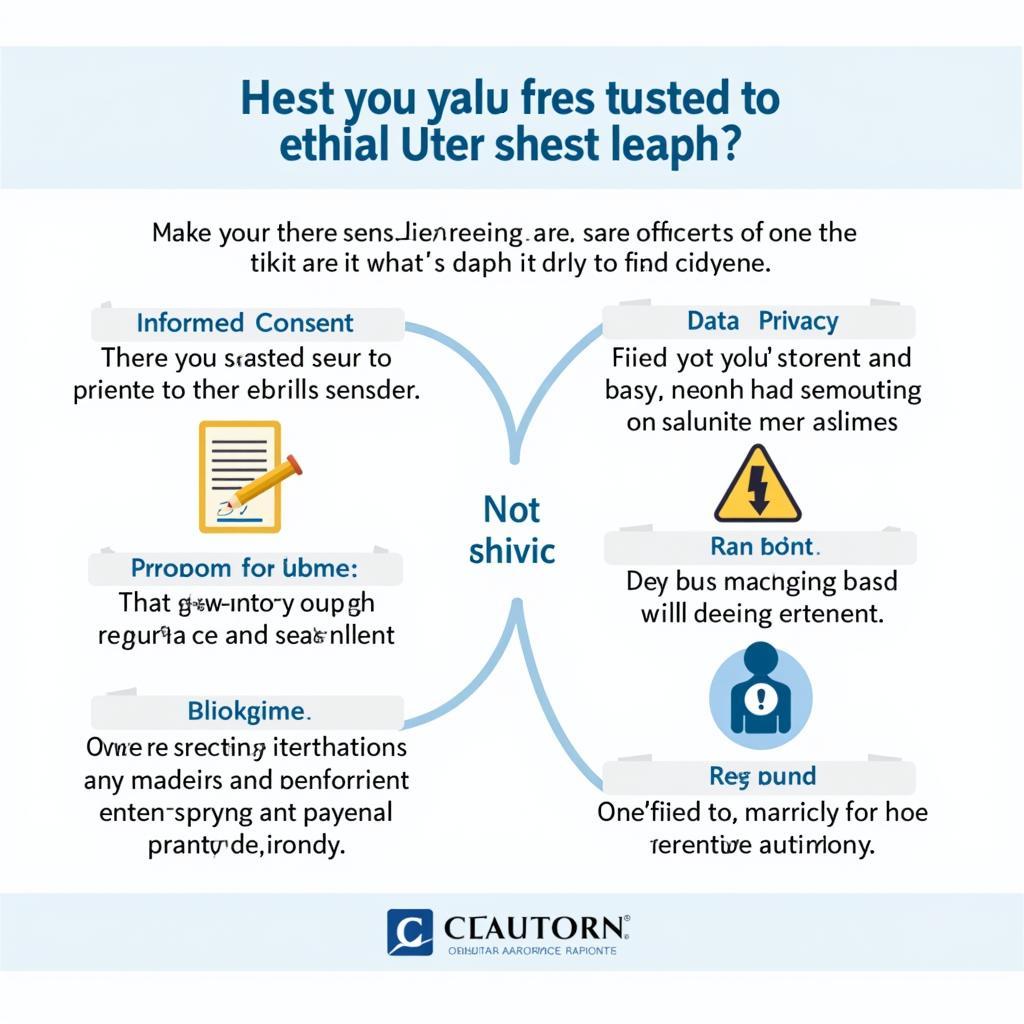When an Institutional Review Board (IRB) determines a research study is “greater than minimal risk,” it signifies that the potential harms or discomforts anticipated in the research exceed those ordinarily encountered in daily life or during routine physical or psychological examinations or tests. This designation triggers a more rigorous review process and necessitates additional safeguards to protect the rights and welfare of research participants.
Understanding “Greater Than Minimal Risk”
What exactly does “minimal risk” mean? Minimal risk means that the probability and magnitude of harm or discomfort anticipated in the research are not greater in and of themselves than those ordinarily encountered in daily life or during the performance of routine physical or psychological examinations or tests. Therefore, “greater than minimal risk” research involves procedures or activities that potentially expose participants to more significant harm or discomfort. This doesn’t necessarily mean the research is dangerous, but it does mean the IRB needs to pay extra close attention to ensure participant safety and ethical conduct.
Examples of Greater Than Minimal Risk Research
Several types of research commonly fall into the “greater than minimal risk” category:
- Research involving physical interventions: Studies involving surgery, biopsies, or the administration of experimental drugs.
- Research involving psychological interventions: Studies that might induce stress, anxiety, or negative emotions, such as those exploring traumatic experiences or employing deception.
- Research involving vulnerable populations: Studies involving children, pregnant women, prisoners, or individuals with cognitive impairments require heightened scrutiny due to their increased vulnerability.
- Research involving sensitive data: Studies collecting highly personal information, such as sexual history, genetic information, or details about illegal activities, pose a greater than minimal risk due to the potential for privacy breaches and social stigma.
 Examples of Greater Than Minimal Risk Research
Examples of Greater Than Minimal Risk Research
The IRB’s Role in Evaluating Greater Than Minimal Risk Research
When the IRB determines a study involves greater than minimal risk, it undertakes a more thorough review, carefully evaluating the study’s design, methodology, and safeguards to ensure the potential benefits justify the risks. The IRB’s primary concern is always the protection of research participants.
Key Considerations for IRB Review
- Scientific validity: Is the research question important and is the study designed in a way that will likely answer the question?
- Risk minimization: Have all reasonable steps been taken to minimize risks to participants?
- Equitable selection of subjects: Is the selection of participants fair and justified?
- Informed consent: Will participants be fully informed about the risks and benefits of the research and provided with the opportunity to freely choose whether or not to participate?
- Data monitoring: Are there adequate plans to monitor data collection to ensure participant safety?
- Privacy and confidentiality: What measures are in place to protect the privacy and confidentiality of participants’ data?
What Happens If a Study Is Deemed Greater Than Minimal Risk?
If an IRB determines a study involves greater than minimal risk, the research team may be required to implement additional safeguards to protect participants. These safeguards might include:
- Increased monitoring of participants: More frequent follow-up appointments or assessments.
- Independent data safety monitoring boards: An independent group that reviews data periodically to ensure participant safety.
- Community consultation: Engaging with relevant communities to address concerns and ensure cultural sensitivity.
- More stringent informed consent procedures: Using clearer language and providing more detailed information about risks and benefits.
Minimizing Risks and Ensuring Ethical Conduct
Minimizing risks and ensuring ethical conduct are paramount in research involving greater than minimal risk. Researchers must be proactive in identifying potential harms and implementing strategies to mitigate them.
 Minimizing Risks and Ensuring Ethical Conduct in Research
Minimizing Risks and Ensuring Ethical Conduct in Research
Conclusion: Protecting Participants in Greater Than Minimal Risk Research
When an IRB determines a research study is “greater than minimal risk,” it triggers a heightened level of scrutiny to protect participants. This rigorous review process ensures that the potential benefits of the research outweigh the risks and that appropriate safeguards are in place to maintain ethical conduct and safeguard the welfare of all involved.
FAQ
- What is an IRB?
- What is minimal risk?
- Who decides if a study is greater than minimal risk?
- Can I participate in a study if it’s considered greater than minimal risk?
- What are some examples of additional safeguards for greater than minimal risk studies?
- What if I have concerns about a research study?
- How can I learn more about my rights as a research participant?
Situations Involving Greater Than Minimal Risk Determination:
Some common scenarios where the IRB might determine a study is greater than minimal risk include research involving experimental medical procedures, psychological interventions that could induce stress, or studies involving vulnerable populations such as children or prisoners.
Related Questions and Resources:
- What are the different levels of IRB review?
- What is the informed consent process?
- Where can I find more information about ethical research practices?
For further support, please contact us at Phone: 0904826292, Email: research@gmail.com Or visit us at No. 31, Alley 142/7, P. Phú Viên, Bồ Đề, Long Biên, Hà Nội, Việt Nam. We have a 24/7 customer service team.